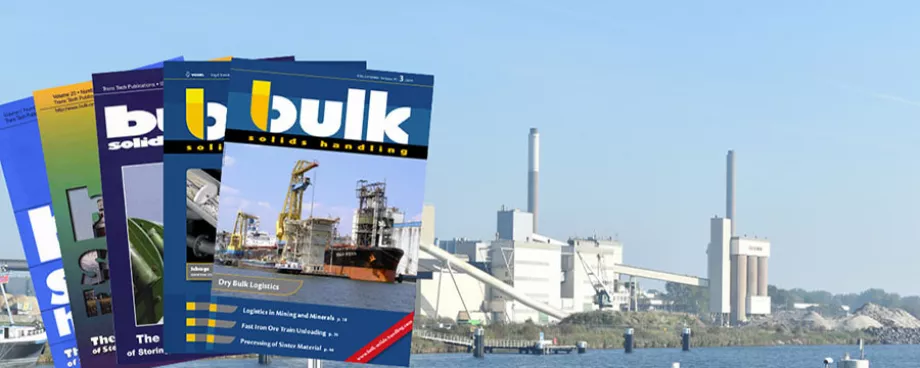The waste material from an above ground gas combustion oil shale retort amounts to approximately 82 % of the retort feed. The importance of developing an environmentally acceptable and economically feasible method for disposing of retorted oil shale is well known to those concerned with the development of oil shale resources both in private industry and in the appropriate governmental agencies. As a result of this mutual concern the U.S. Bureau of Mines contracted, in 1976, with The Cleveland-Cliffs Iron Company, Western Division, to develop a viable method for underground disposal of retorted oil shale. Hydraulic mechanical and pneumatic transport and stowing methods were investigated. Mechanical transport and stowing using belt conveyors was selected as the most promising system based on a ranking analysis which included subjective and objective technical factors, and capital and operating costs [1].
Piceance Creek Basin in northwestern Colorado. The surface elevation is 1,890m (6,200 ft) above sea level with typical will be at a depth of 610 m (2,000 ft) in the lower saline zone of the Green River Formation. The recorded ambient rock temperature at this depth is in the range of 32-38°C.
A commercial mining and retorting operation capable of producing shale oil at a rate of 7,950 rn3/d (50,000 barrels/d) on a 365 day per year basis is used in this study. Assuming a retort efficiency of 0.95, 106 l/t (28 gallons/ton) of oil shale, 5% residual moisture, and a retorted shale to raw shale weight ratio of 0.82, the retort facility will produce 61,690 t (68,000 st) of retorted shale per day. The nominal retorted shale flowrate ,into the mine will be 2,700 t/h (3,000 stph) and the remaining 30% of the waste material will be disposed of on the surface. Partial surface disposal is necessary because expansion during blasting and crushing is greater than the volumetric loss resulting from oil extraction during retorting…
■







